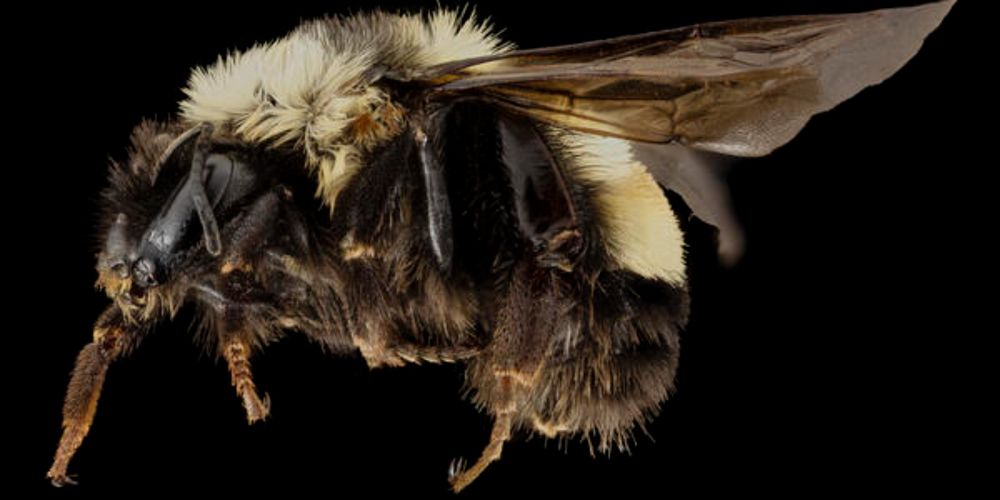Maggie Couvillon
@freelyflyingbees.bsky.social
250 followers
640 following
8 posts
Associate Professor Pollinator Biologist @ Virginia Tech - and a mom of two - who loves coffee and (more) sleep. Interested in how insect pollinators find food in the landscape, with a special focus on dancing honey bees. She/her
Posts
Media
Videos
Starter Packs
Reposted by Maggie Couvillon















